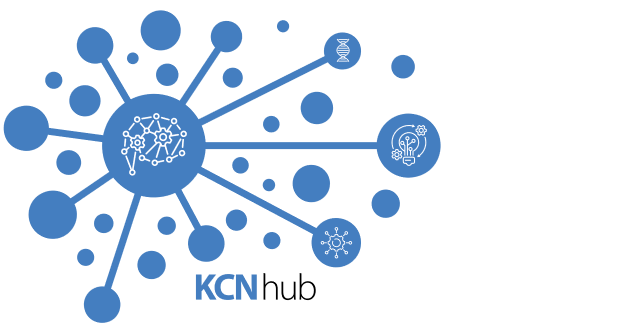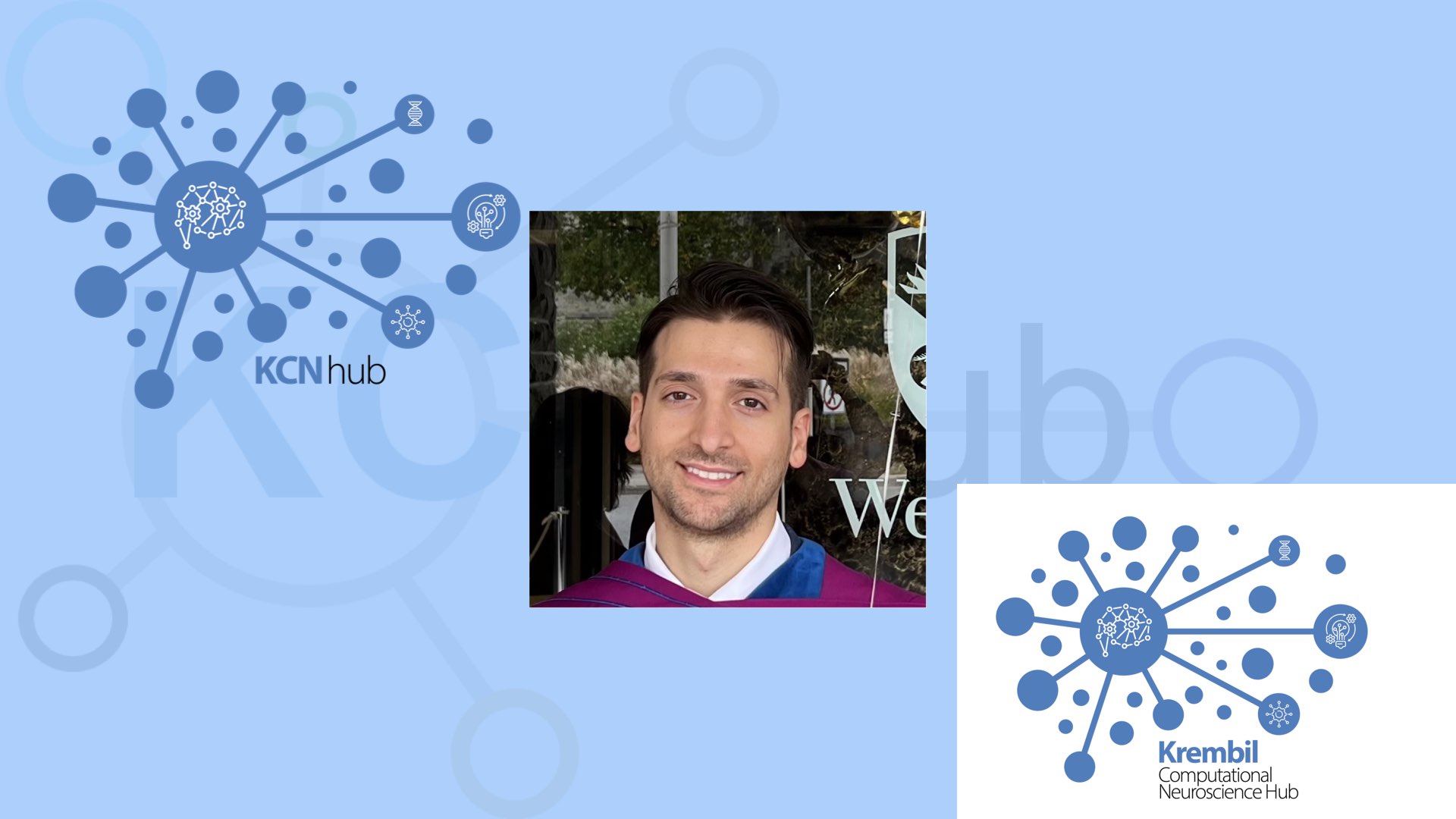Dynamics and computation in spatially resolved biological neural networks
Abstract:
Biological neural networks are inherently structured, with connectivity patterns and distance-dependent time delays that shape how information is processed across space and time. This structure is evident in experimental recordings, where coordinated population activity often manifests as traveling waves and other organized spatiotemporal patterns. In this talk, I will show how such dynamics play an essential role in prediction, communication, and computation in cortex.
Drawing on Utah-array data in area MT of the marmoset, I will demonstrate evidence for wave-like propagation and structured spatiotemporal dynamics. I will then introduce computational models and analytical frameworks that reveal how spatial organization and distance-dependent delays foster robust pattern formation, enable efficient information transfer, and support the generation of complex yet structured stochastic processes. Together, these results highlight how spatially structured dynamics provide a general resource for computation in neural circuits.
This work was developed in collaboration with Lyle Muller (Western University), Terry Sejnowski (Salk Institute), and John Reynolds (Salk Institute).
Speaker Bio:
Gabriel Benigno completed his Bachelor of Science with an Honours Specialization in Biophysics at York University and earned his PhD in Applied Mathematics from Western University. During his PhD, he was a Canada Graduate Scholar and Vector Institute Affiliate, working under the supervision of Dr. Lyle Muller in computational and theoretical neuroscience. His research focused on recurrent models of spatiotemporal dynamics and computation, with an emphasis on emergent phenomena such as traveling waves and synchronization. Currently, Gabriel collaborates with Dr. Xiao-Jing Wang (New York University) on whole-brain models of working memory, and with Drs. Nicolas Brunel (Bocconi University, Milan) and Nicho Hatsopoulos (University of Chicago) on spatiotemporal dynamics in motor cortex.

